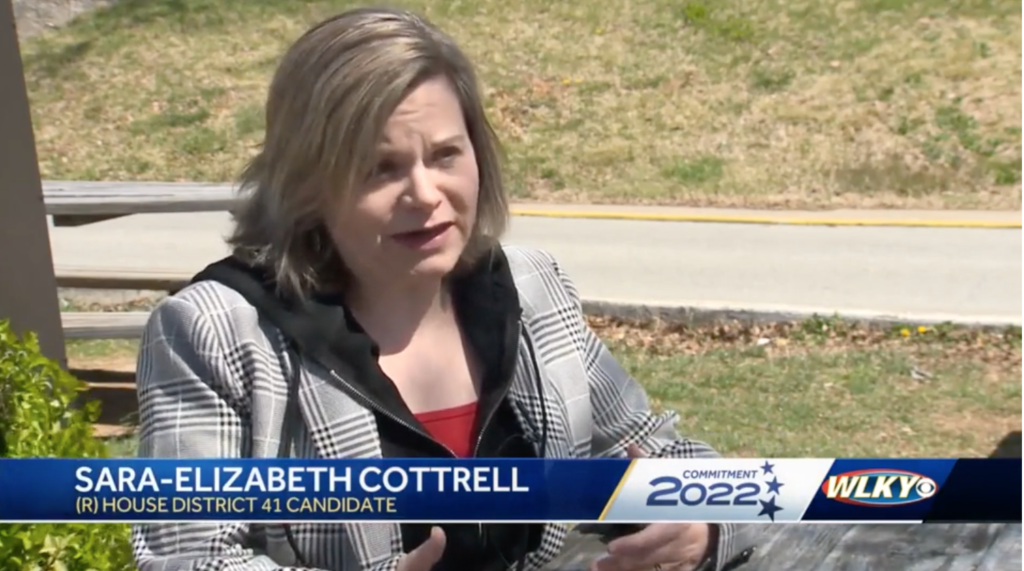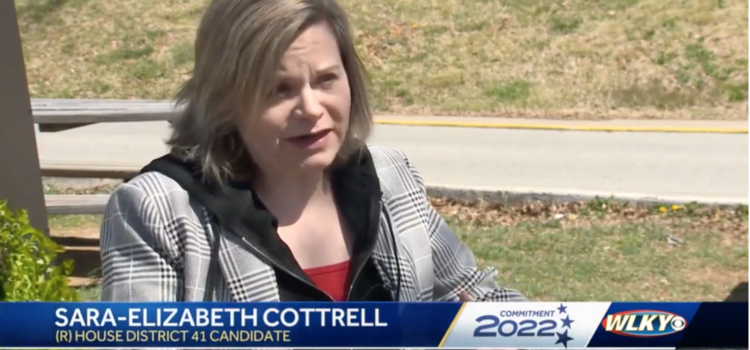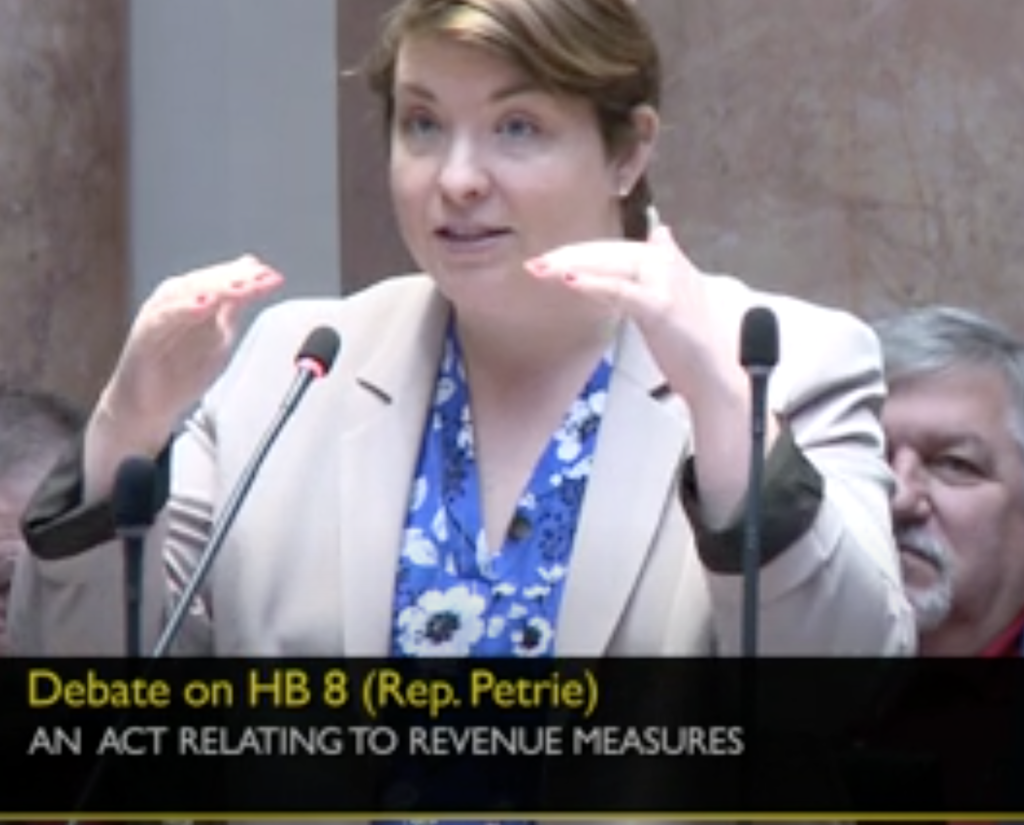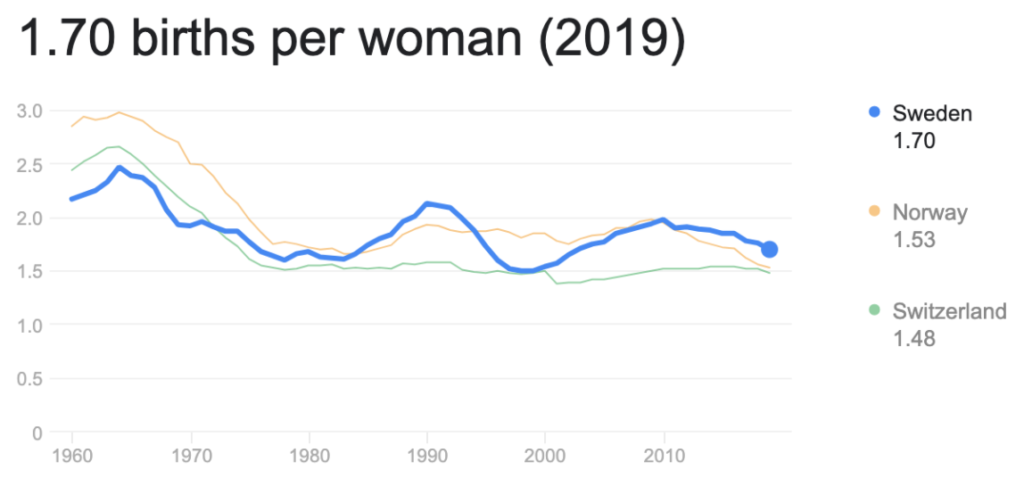In a year where the primaries are pretty much the only exciting elections, the primary for the 41st House District just got… a little less exciting. After 28 years, including 14 elections (including 6 unopposed and 8 landslide wins), Mary Lou Marzian has withdrawn from this primary.
In a press conference that was more like a temper tantrum, Marzian lashed out at the Republican establishment. She claims they are afraid of her and her colleagues and specifically targeted female lawmakers in the redistricting. In her new district, she would be opposite Josie Raymond in the new 41st Democratic primary. Of course, every political blog and radio show in the state and every news outlet covered the story. And one of them decided to talk to someone else with skin in this game – me.
I received an email from WLKY’s Gladys Bautista asking if I would meet her to “respond to a press conference held by a group of Democratic women lawmakers from Jefferson County saying the state’s GOP party is trying to silence them with gerrymandering.” I’ve been familiar with this argument since December and was ready to share my perspective, so I agreed to meet her. We sat at Sunergos in the heart of the 41st and chatted for several minutes about this issue. What came out of it was this story.

I readily admit it – I am very new to politics and forgot to walk into an interview with mainstream media with all my guard up. I thought, I know what I want to say on this topic. I’ll say it, and they can air what they want.
So much for journalism.
For the 5 o’clock news, they aired some silent video of me talking while they voiced a comment about Raymond’s Republican opponents. For the 6 o’clock news, they aired a 3-second clip that made it look like I agree. They broadcast one of the first things I said in the interview, which was that “the aggravation with the maps was valid.”
Here, with you, I can say what I want. I can go on the record with my full comments, and no one else gets to edit them. So let’s go.
In the absence of facts, go ad hominem.
When you are planning a campaign based on a specific set of circumstances, such as a map, and then you are surprised by very new circumstances, it takes you aback. I told Ms. Bautista that this is what happened to Marzian, and to me. I had decided to run in the 34th district against Marzian because she so often has no opponent, and I had no other option on my 2020 ballot. Then, I was drawn out of the 34th, and the 34th still has no Republican option. Several of my nearby friends who were excited about my candidacy suddenly were no longer in my district. It was a lot to wrap my mind around, and I just got here – imagine Marzian’s perspective, facing this change after 28 years in Frankfort.
Still, it’s disingenuous and frankly rather immature (the phrase “hissy fit” comes to mind) for these women to continue this narrative. The GOP men did not deliberately draw the districts to target women, particularly the women of Jefferson County. They cite the incumbents that are facing each other. They mention the other female representatives who are leaving the legislature. They make all kinds of nasty accusations. In the absence of actual facts, Marzian’s comments went completely ad hominem. She called it “their sadistic and misogynist game of pitting Democratic women against each other.” She called it an “ultra-extreme, right-wing (attack) on every female in the House and every female in this commonwealth.” She told the GOP, “Shame on all of you Republicans for disgracing the legislature. Shame on you for castigating Louisville’s voice in Frankfort, and shame on you for hurting Kentucky, Kentucky’s women and children.”
So what are the facts? We could start with the obvious one: it’s not possible for anyone to draw a political districting map that eliminates women. There are plenty of women on both sides of the aisle ready to step up and run for these offices. I’m one of them. Can you see Jerry Miller sitting down at his desk in Frankfort and telling his cronies, “Look, guys, I think I’ve figured out how we can make sure there aren’t any more vocal, Democrat women in the House.” No. The man had a complicated enough job on his hands without trying to somehow draw a district that was entirely populated by men.
I did make that point with Ms. Bautista. Then I talked about the actual facts of who is running in these districts in 2022, and who is going to represent Louisville after this election cycle.
Did the GOP eliminate these women?
In no particular order…
- Regarding the four specific districts that were significantly redrawn to form the new 41st, there are 11 people running in the primary. Seven of them are women.
- In addition to the 41st, Lisa Willner and Mackenzie Cantrell were drawn into a district together. (There were also two sets of Republican incumbents who would face each other, so it’s even all around.) Yes, Cantrell has decided to not run again, in order to run for a judge position. Willner will take her district completely unopposed.
- For the 34th District seat vacated by redistricting Marzian into the new 41st, this race has no Republican. There is a Democrat man, and a Democrat woman.
- In Raymond’s old district, the 31st, she ran unopposed in 2020, and in 2018 she won by over 19 percentage points. This year, there are two of each party running in this primary. For each primary, one candidate is a man, and one is a woman.
- Yes, Joni Jenkins is leaving, also after a 28-year run. The story here is that the GOP lawmakers increased minority-majority districts from 3 to 5 (who is telling that story?) and Jenkins’ district now boasts a majority of residents who are part of a racial/ethnic minority. She is withdrawing to let the current mayor of Shively take that seat, and that Democratic woman will do so completely unopposed.
- Yes, Attica Scott is leaving, because she decided to run for Yarmuth’s vacated Congressional seat. Of her old district, part is now the 42nd, which will be taken by Keturah Herron, completely unopposed. Part is now the 43rd, where Pamela Stevenson is the incumbent woman. Her challenger in the primary is a Democratic man, but there is no Republican in that race.
- Tina Bojanowski, the progressive Democrat in the 32nd District, is completely unopposed.
- Nima Kulkarni, the soft-spoken Democrat in the 40th District, is completely unopposed.
- Elsewhere in the state, sometimes Kelly Flood’s name gets brought up. After 13 years representing part of Lexington, with a series of landslide or unopposed election wins, she is retiring from the legislature. There is no Republican in that race for ‘22; her successor will be a Democrat, and she has endorsed the woman running for the seat.
Let’s review. Lisa Willner, Nima Kulkarni, Tina Bojanowski, and Keturah Herron will retake their seats with no opposition. Beverly Chester-Burton will take Jenkins’s seat. Pamela Stevenson will very likely defeat her Democrat challenger and win her seat again. A Democrat will take Marzian’s old 34th seat, with a woman vying for that one as well. If previous cycles predict correctly, in all probability a Democrat will take Raymond’s old 31st seat (50/50 chance it’s a woman). Here in our new 41st, Raymond has a strong chance to win the new 41st (well, you know I’d like to have something to say about that).
If the men in Frankfort were trying to get Louisville’s vocal Democratic women out of the State House, they did a really lousy job of it.
Are the GOP men afraid of women?
As you can see from the press conference, Marzian isn’t leaving Frankfort with anything that can be called grace. Instead, she keeps the narrative of ad-hominem attacks, as well as talking about her colleagues being afraid of her. When the maps were originally released, she asked, “What are they afraid of?” Last week, she said she was “a voice that the Republicans wanted to get rid of because they were afraid of truth to power.” (I’m not even sure what that means.)
I don’t believe this is true. I don’t believe anyone in Frankfort is afraid of Marzian or her colleagues. Before this election cycle, she didn’t even vote on half the bills. She didn’t vote on the new maps. And when I bring up my race and mention Marzian and Raymond – to sitting representatives – the reaction I often get is, “Who?”
Don’t get me wrong – I sharply disagree with both Marzian and Raymond on much of what seem to be their primary platforms. They say, spend more money. Let women do whatever they want to their unborn children. Advance the LGBTQ cause at the cost of any constitutionally guaranteed liberty. But I believe in many areas, they genuinely care about Kentuckians. I think they care about the children in our schools, the hungry on our streets, the neighbors shopping with SNAP benefits. It doesn’t matter, though. Because they camp on such widely opposed platforms the majority of the time, lawmakers ignore them on everything else, too.
At least WLKY did print that point from my interview, buried in the print far below the video:
They’re very vocal but at the same time, they’re extraordinarily voiceless. As soon as they open their mouths, Frankfort plugs its ears.
If the 41st actually wants to actually be represented by someone, they need to elect someone who is not far-right, which is my primary opponents, but not on the Democratic side, because with all the valid things that Josie and Mary Lou have to say, no one is listening to them.








Recent Comments